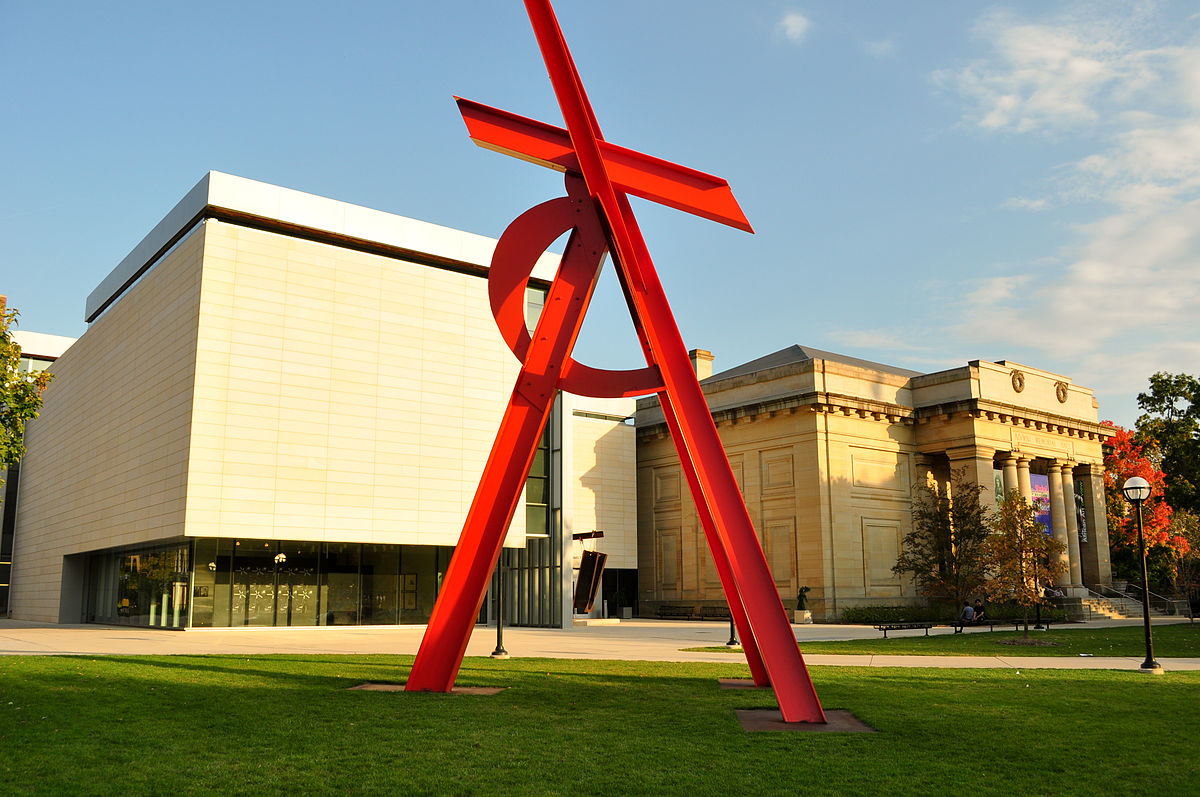The University of Michigan is a large campus composed of many buildings with diverse purposes. While the majority of the buildings on campus are used for lectures and discussions, some are there for everyone-even non university students- to use. A good example of these is the many museums that the University has on campus.
This most popular museum on campus is the University of Michigan Museum of Art, or better known as UMMA. Art museums are common throughout the world. Some art museums are specific to a type or subsection of art, for example photography or sculptures. Major cities often have multiple art museums of different sizes. Chicago has dozens of art museums, the two most popular being the Art Institute of Chicago, and the Museum of Contemporary Art. Apart from that, most of the Universities have their own art museums as well. College art museums tend to be smaller than the others that are found in big cities.
Another popular museum at the University of Michigan is the Museum of Natural History. The museum has exhibits that show dinosaur bones and the process of evolution. Just like art museums, there are natural history museums in most of the big cities throughout the world. Unlike art museums, there is generally one big natural history museum per city, this could be because natural history is not up to interpretation like art is. Most of the natural history museums have the same general information with different bones and animal exhibits to show the history of that area or others in the world. These different bones and exhibits are what make each natural history museum unique.
The University of Michigan has an archeology museum that showcases artifacts from places in history like bowls and other artifacts that people of the past used to use. Archeology museums are more uncommon than art and natural history museums. Some very large natural history museums have an archeology section in the museum that will give guests a small taste of how people of the past used to live. Full archaeology museums are just larger versions of the small sections in natural history museums.
The University of Michigan has a Museum of Dentistry. This is somewhat unique, most cities do not have a dentistry museum. Museums of trades and specific events and places are common all over the world. These types of museums have a niche audience for people who are very interested in the topic that the museum spotlights. For example: the Museum of Dentistry at the University of Michigan is at the School of Dentistry at the University. So this museum has its audience of people that would enjoy the museum right on campus.
Museums are wonderful places to find to new interests and to learn about a variety of topics. There are so many different categories of museums to learn about, and small museums are great to harvest that curiosity. College museums are great to investigate topics on a small level and form curiosities that one can apply and go to larger museums to continue looking at and discovering their interests. The museums at the University of Michigan are no different. People should utilize them and further their interest in a variety of things from dinosaurs to paintings.



Leave a Reply
Be the First to Comment!